Stalled at Universal – Box & Nimrod 33
Box Nimrod 33
Dundee. Progressive rhythmical guitar squall vs. post-highland discorporate dusk-jockey.
Arika have been creating events since 2001. The Archive is space to share the documentation of our work, over 600 events from the past 20 years. Browse the archive by event, artists and collections, explore using theme pairs, or use the index for a comprehensive overview.
Dundee. Progressive rhythmical guitar squall vs. post-highland discorporate dusk-jockey.
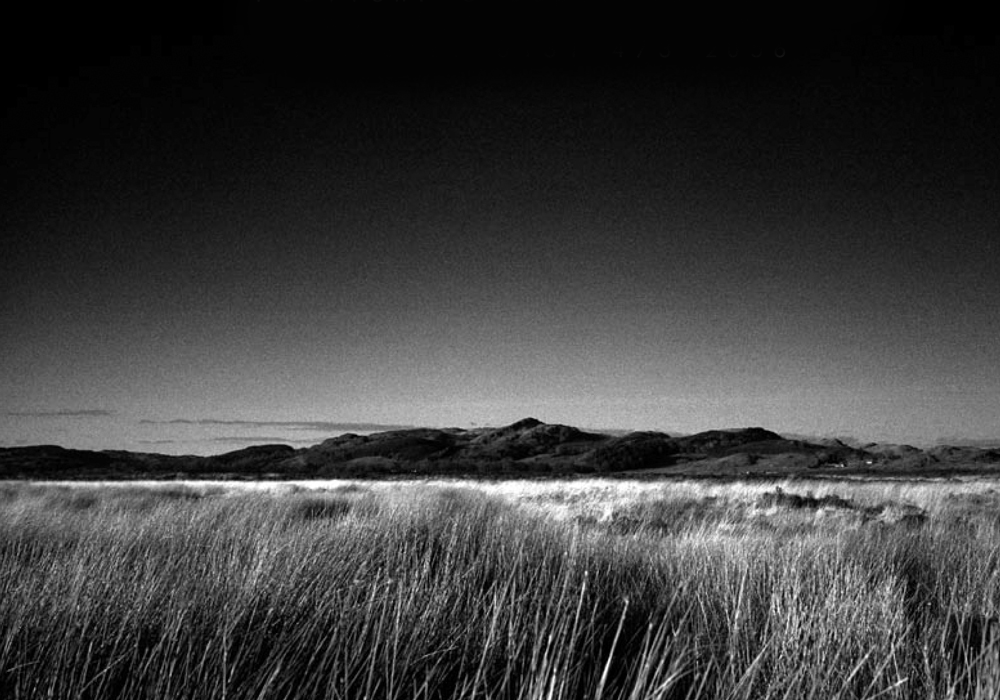
NVA asked Arika to curate and programme the sound aspects of their 2007 Half-Life production in Kilmartin Glen. Arika worked with Toshiya Tsunoda, Lee Patterson, Rhodri Davies and Angharad Davies.
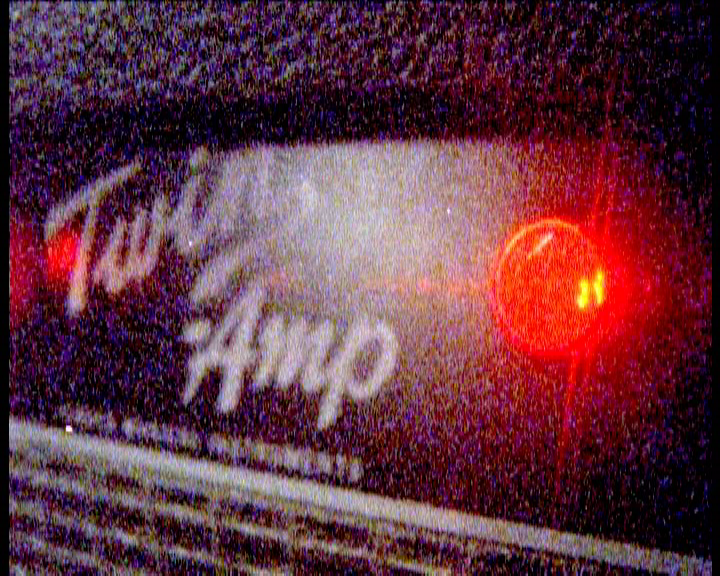
Freeform Super 8mm documentation of Saturday at Instal 06 by filmmaker Matt Hulse.
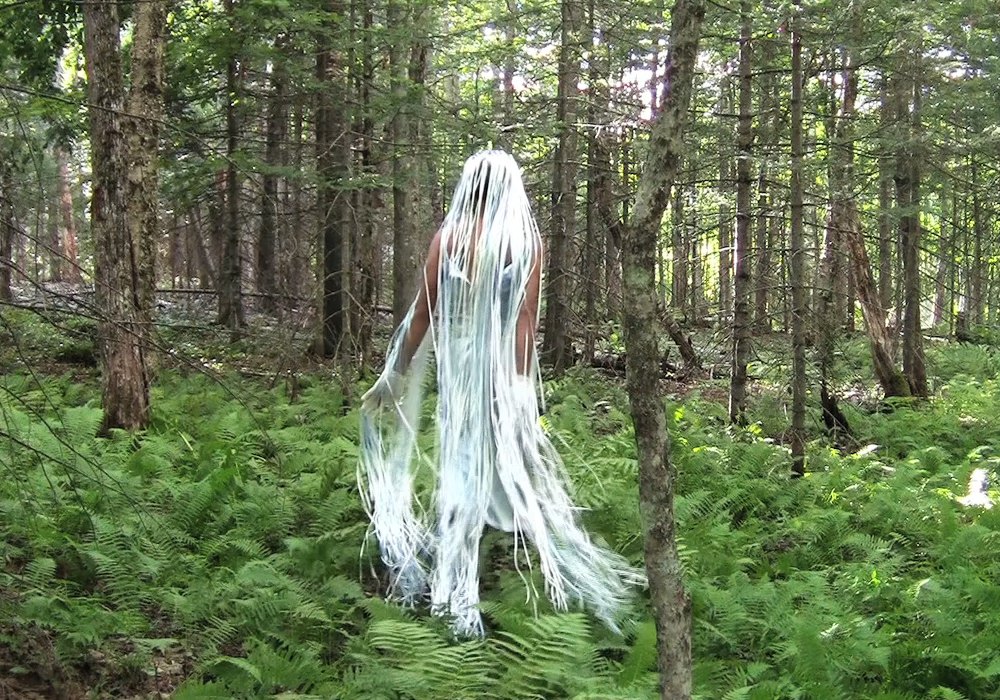
In the Foyer at the Tramway we will screen a documentary from the Sex Workers’ Festival of Resistance 2017 and La Llamada by Eduardo Restrepo Castaño.
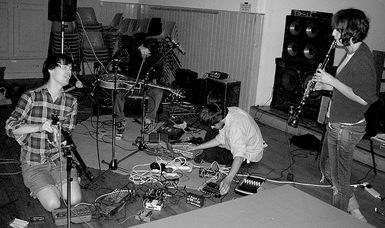
Two-parts Helhesten spit strangled shanties and cracked reeds from under a net of the Glasgow Improv Orchestra’s six-strings and one moustache.
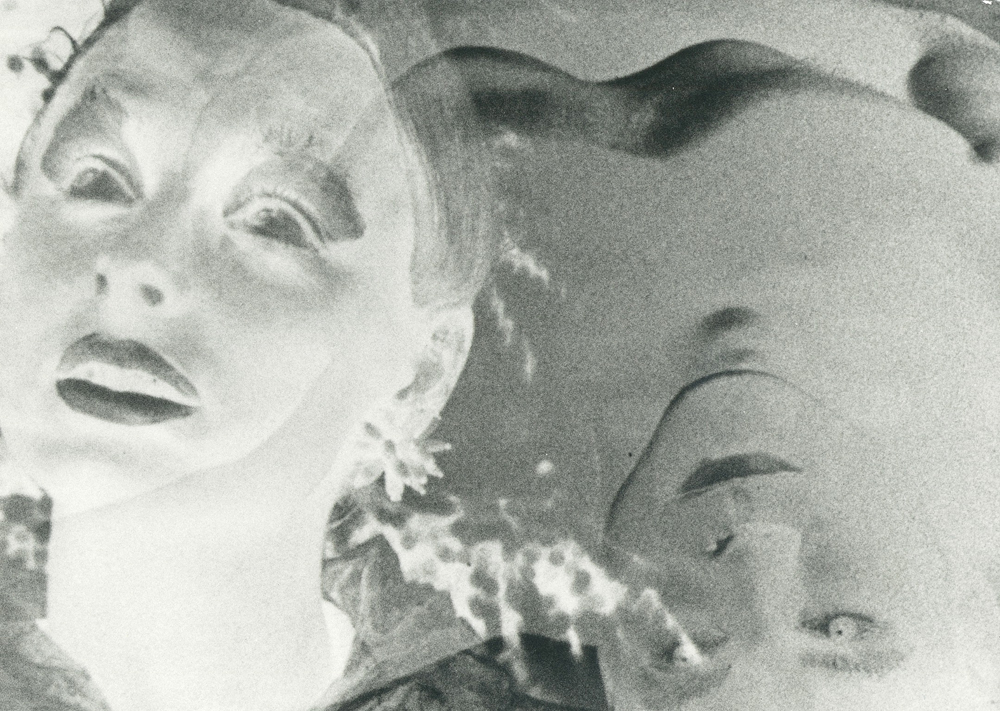
Inspired by Delany’s Aye, and Gomorra. A spookily filmic world where asexual bodies live in the contradiction of their unarousable loneliness and desire for intimacy and contact.
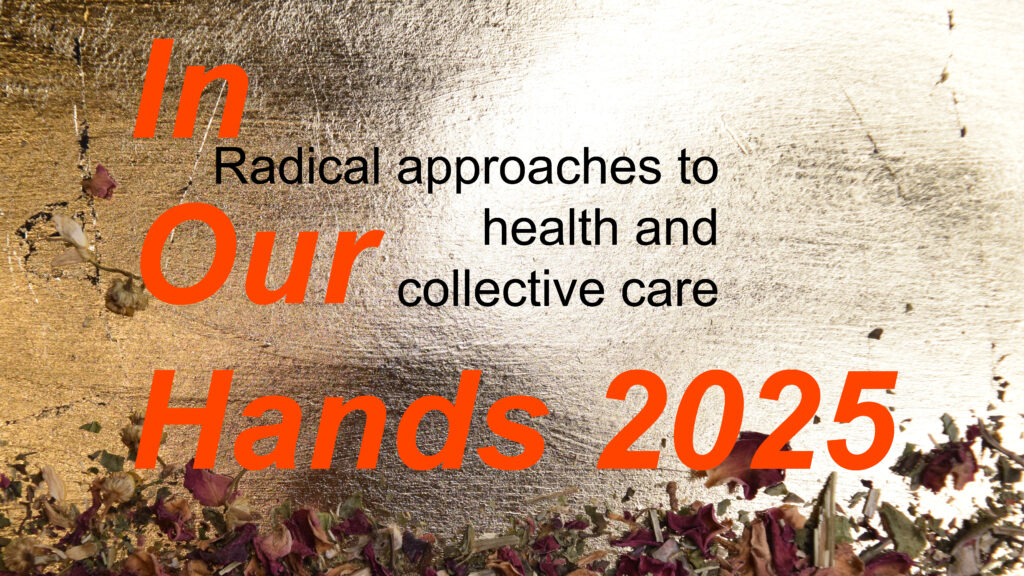
In Our Hands is a nine week programme of workshops exploring radical approaches to health and collective care in the movement for liberation and social justice.
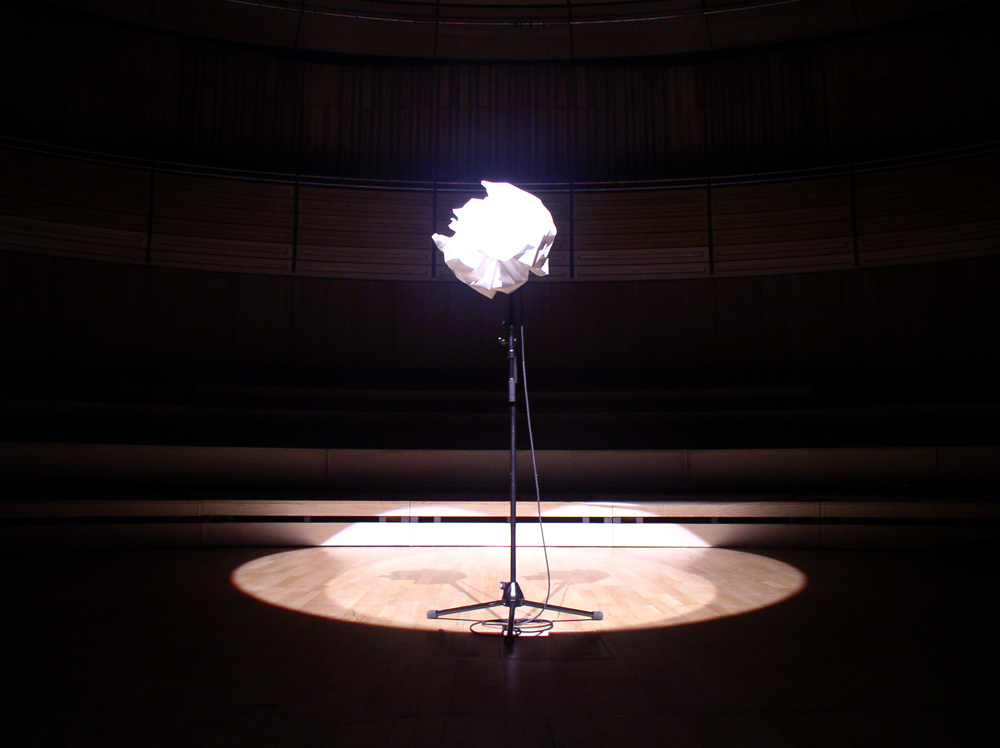
MICRO 1 – Wrap a live microphone with a very large sheet of paper. Make a light bundle. Keep the microphone live for another 5 minutes. T. Kosugi – (1961)
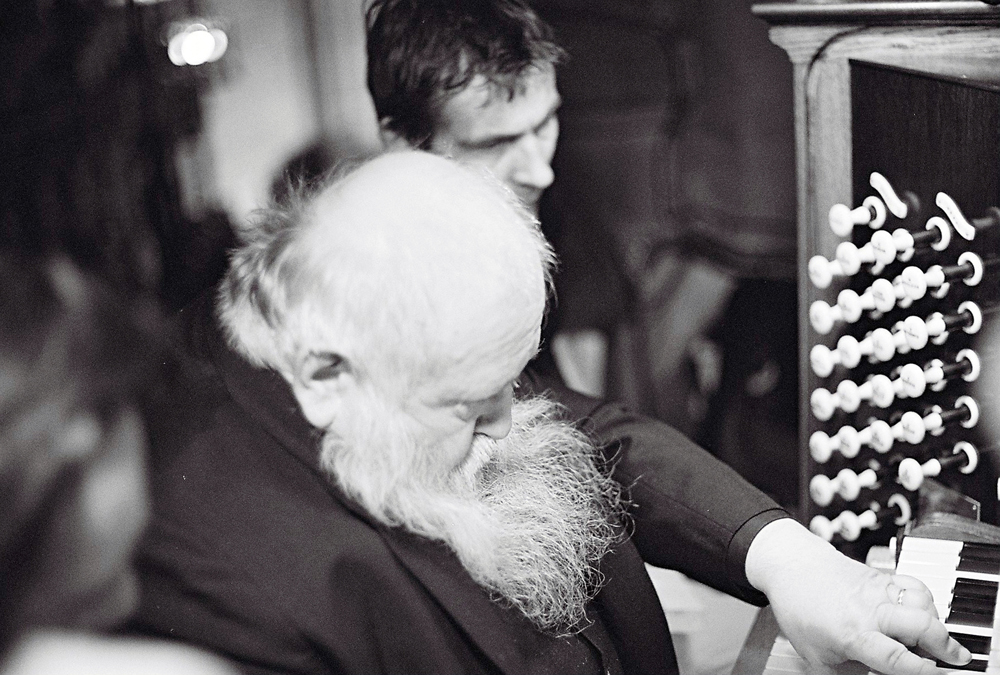
A specially commissioned performance for organ. “The course of the stars were to be put to sound.”
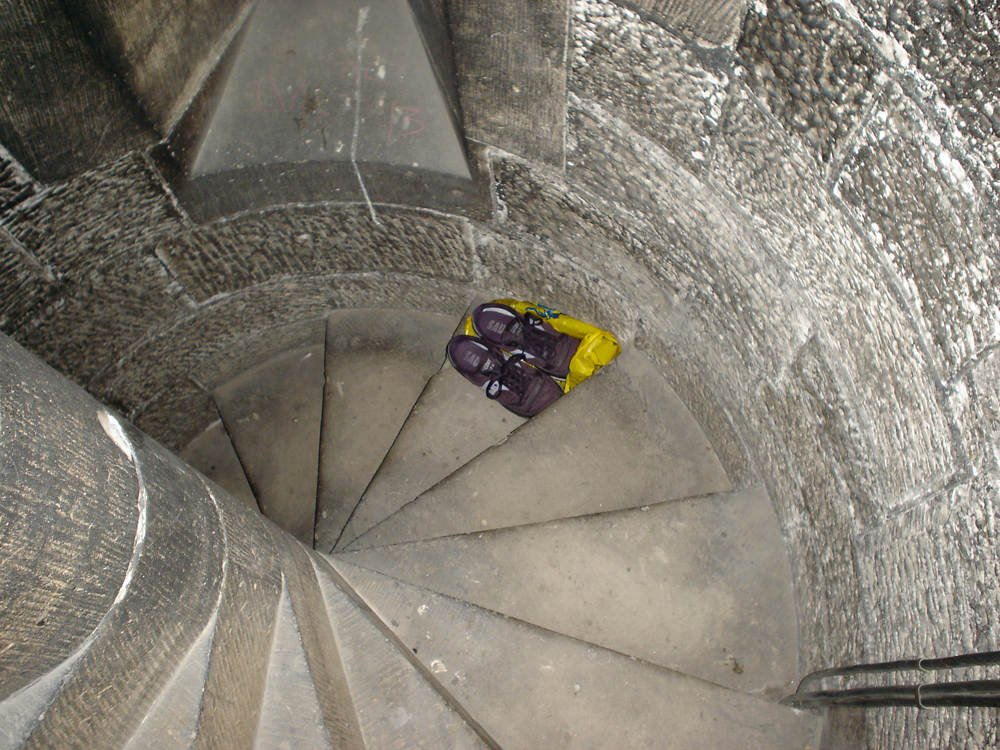
Personal Spaces: inversion of a territorial bell, confusing the realms between rehearsal and performance, public and private space.
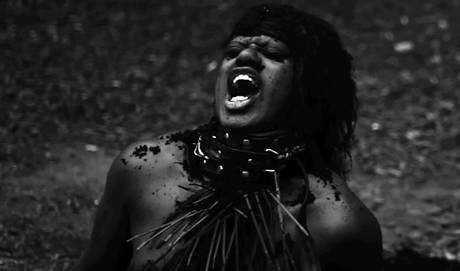
A queer black operatic requiem for piano and voice that asks us to stay in the hold of the slave ship, that tries to understand the connection from the slave ship to the prison.
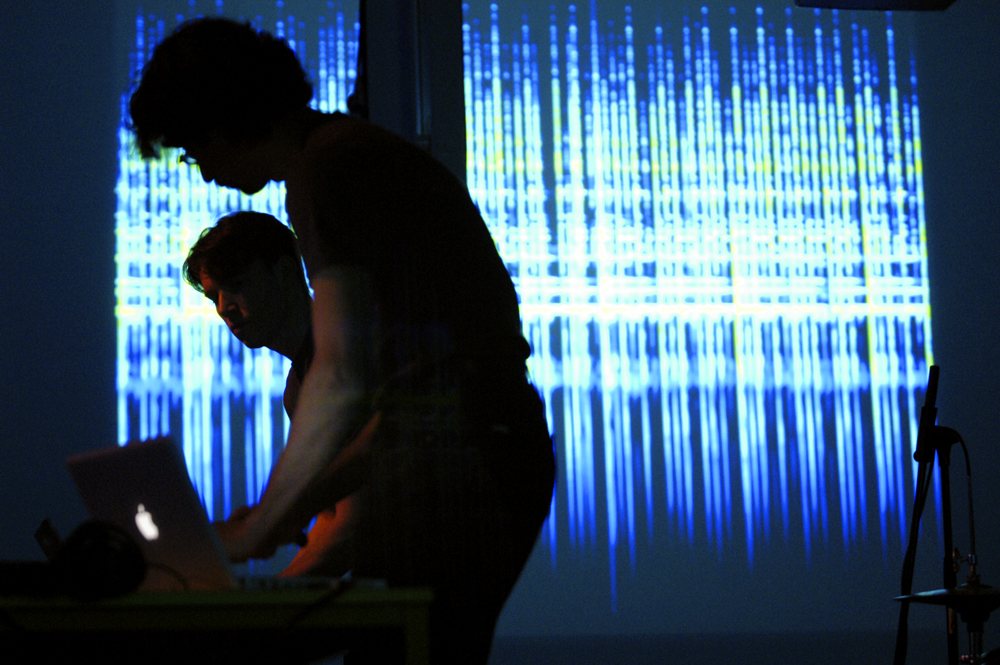
Live ISDN drone performance resonating between Dundee and an empty Montreal Grain Silo.